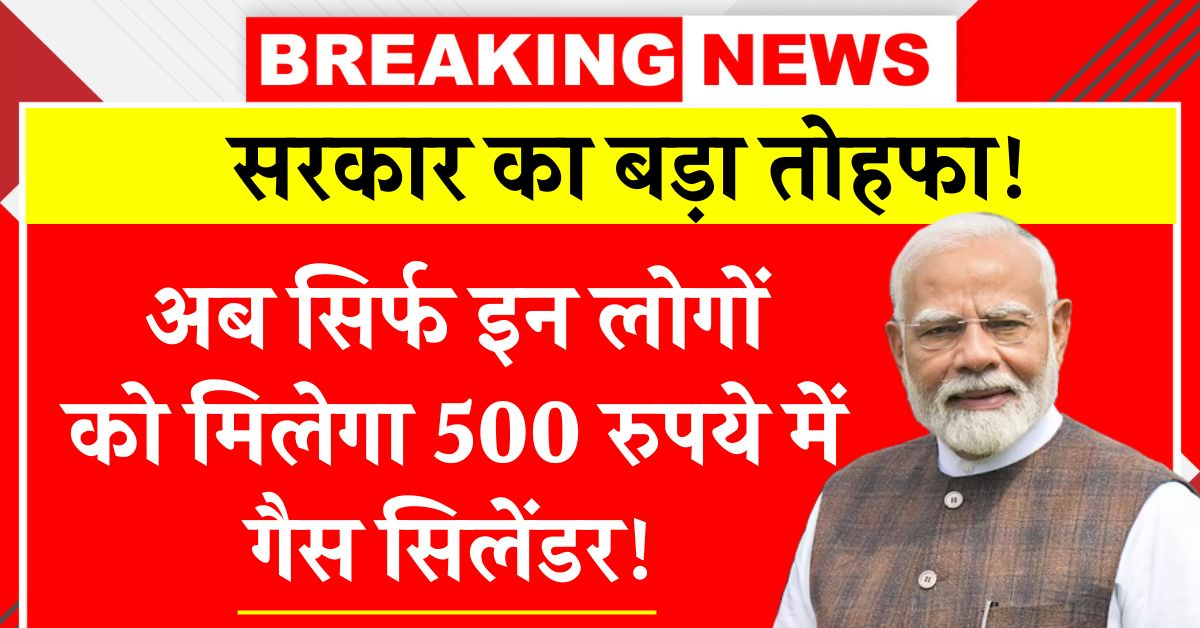With rising electricity bills and increasing awareness about clean energy, more and more households in India are turning towards solar power. To encourage this green shift, the Government of India has relaunched and expanded the Solar Rooftop Subsidy Yojana 2025, offering subsidies of up to 60% on installing rooftop solar panels for residential use.
If you’re a homeowner tired of high energy bills or someone who wants to contribute to sustainable living, now is the perfect time to apply for this scheme. In this blog, we’ll cover everything you need to know: eligibility, benefits, application process, subsidy rates, and more.
☀️ What Is the Solar Rooftop Yojana?
The Solar Rooftop Yojana is a central government scheme run by the Ministry of New and Renewable Energy (MNRE). The scheme encourages residential consumers to install solar panels on their rooftops by providing a direct subsidy.
The initiative is part of India’s larger goal of promoting renewable energy, reducing carbon emissions, and becoming energy self-reliant. It also helps households significantly cut down their electricity bills.
🎯 Key Objectives of the Scheme
- Promote the use of renewable energy in households
- Reduce dependence on grid electricity
- Cut carbon emissions in urban and rural areas
- Help citizens save on electricity costs
- Make solar technology affordable with government subsidy support
💸 How Much Subsidy Can You Get?
Under the PM Surya Ghar: Muft Bijli Yojana (launched in early 2024 and continued into 2025), the government provides the following subsidies for grid-connected solar rooftop installations:
| System Capacity (kW) | Applicable Subsidy (Approx.) |
|---|---|
| Up to 2 kW | ₹30,000 to ₹36,000 (60%) |
| 2 kW to 3 kW | ₹45,000 to ₹54,000 (40–50%) |
| Above 3 kW | ₹60,000+ (Fixed cap) |
- The maximum subsidy is usually limited to ₹78,000 per household.
- The subsidy is directly transferred to the beneficiary’s bank account.
Note: Rates may vary slightly depending on state policies and installation size.
🧑💼 Who Can Apply?
The scheme is primarily targeted at residential consumers, though certain categories of housing societies and government buildings are also eligible.
✅ Eligibility Criteria:
- Indian citizen and property owner
- Must have a permanent electricity connection (domestic/residential)
- Rooftop space available for installation
- Bank account and Aadhaar card linked
- Willing to install a grid-connected solar system through empanelled vendors
Societies and apartments with shared roofs can apply collectively under Group Housing Subsidy Scheme.
📈 Benefits of Installing Rooftop Solar Panels
Here’s why it makes sense to install solar panels at home now:
💡 1. Big Savings on Electricity Bills
Once installed, solar panels can reduce your electricity bill by up to 90%. You can also earn money by selling surplus power to the grid.
🌱 2. Clean and Green Energy
Solar power is eco-friendly, helps fight pollution, and reduces dependence on coal or diesel-powered electricity.
🏡 3. Increase Property Value
Homes with solar installations are viewed as modern and sustainable—often commanding a higher resale value.
💰 4. Central Subsidy Support
With up to ₹78,000 subsidy, the financial burden of installation is significantly reduced.
🔌 5. Free Electricity up to 300 Units
Under the PM Surya Ghar Yojana, households generating solar power may get up to 300 free units per month, depending on state norms.
📝 How to Apply for the Solar Rooftop Subsidy Scheme?
You can apply online through the National Portal for Rooftop Solar. The steps are:
Step 1: Register on the National Portal
- Go to: https://solarrooftop.gov.in
- Choose your state and electricity distribution company
- Enter your consumer number, mobile, and email to sign up
Step 2: Submit Application
- Fill in your personal details, bank account info, and rooftop area
- Upload necessary documents like Aadhaar, electricity bill, property ownership proof
Step 3: Approval from DISCOM
- Your application will be verified by your electricity distribution company (DISCOM)
- Once approved, you’ll get a go-ahead to install
Step 4: Installation by Empanelled Vendor
- Choose a vendor from the approved list
- Ensure proper equipment and warranty
- The vendor installs the system and connects it to the grid
Step 5: Inspection and Net Metering
- After installation, DISCOM inspects and provides net metering connection
- Now you can track your power usage and savings!
Step 6: Receive Subsidy
- After final inspection, subsidy amount is credited to your bank account within weeks
🔧 What Documents Are Required?
Here’s a checklist of documents you need:
- Aadhaar card
- Electricity bill (latest)
- PAN card
- Bank account details (passbook copy or cancelled cheque)
- Property ownership proof or NOC (if tenant)
- Passport-size photo
📊 Estimated Cost of Installation
| System Capacity | Average Cost (without subsidy) | Effective Cost (with subsidy) |
|---|---|---|
| 1 kW | ₹60,000 – ₹70,000 | ₹24,000 – ₹28,000 |
| 2 kW | ₹1,20,000 – ₹1,40,000 | ₹48,000 – ₹56,000 |
| 3 kW | ₹1,80,000 – ₹2,10,000 | ₹1,20,000 – ₹1,32,000 |
Prices may vary based on brand, panels, and installation complexity.
🧠 Frequently Asked Questions (FAQ)
❓ What is net metering?
Net metering allows you to export extra electricity generated from solar to the grid and get credits in your bill.
❓ Can tenants apply for this scheme?
Yes, tenants can apply with a No Objection Certificate (NOC) from the property owner.
❓ Is maintenance expensive?
Solar panels require minimal maintenance—just cleaning and regular inspection every 6–12 months.
❓ How long will the panels last?
Most panels have a warranty of 25 years, making it a long-term investment.
🔚 Conclusion
The Solar Rooftop Yojana 2025 is a golden opportunity for every household to switch to solar energy, save on electricity, and contribute to a greener future—all while getting up to 60% subsidy from the government.
If you’ve been thinking about installing solar panels at home, don’t wait. The application process is simple, online, and backed by substantial financial support. Apply today and take the first step towards energy independence and savings.



